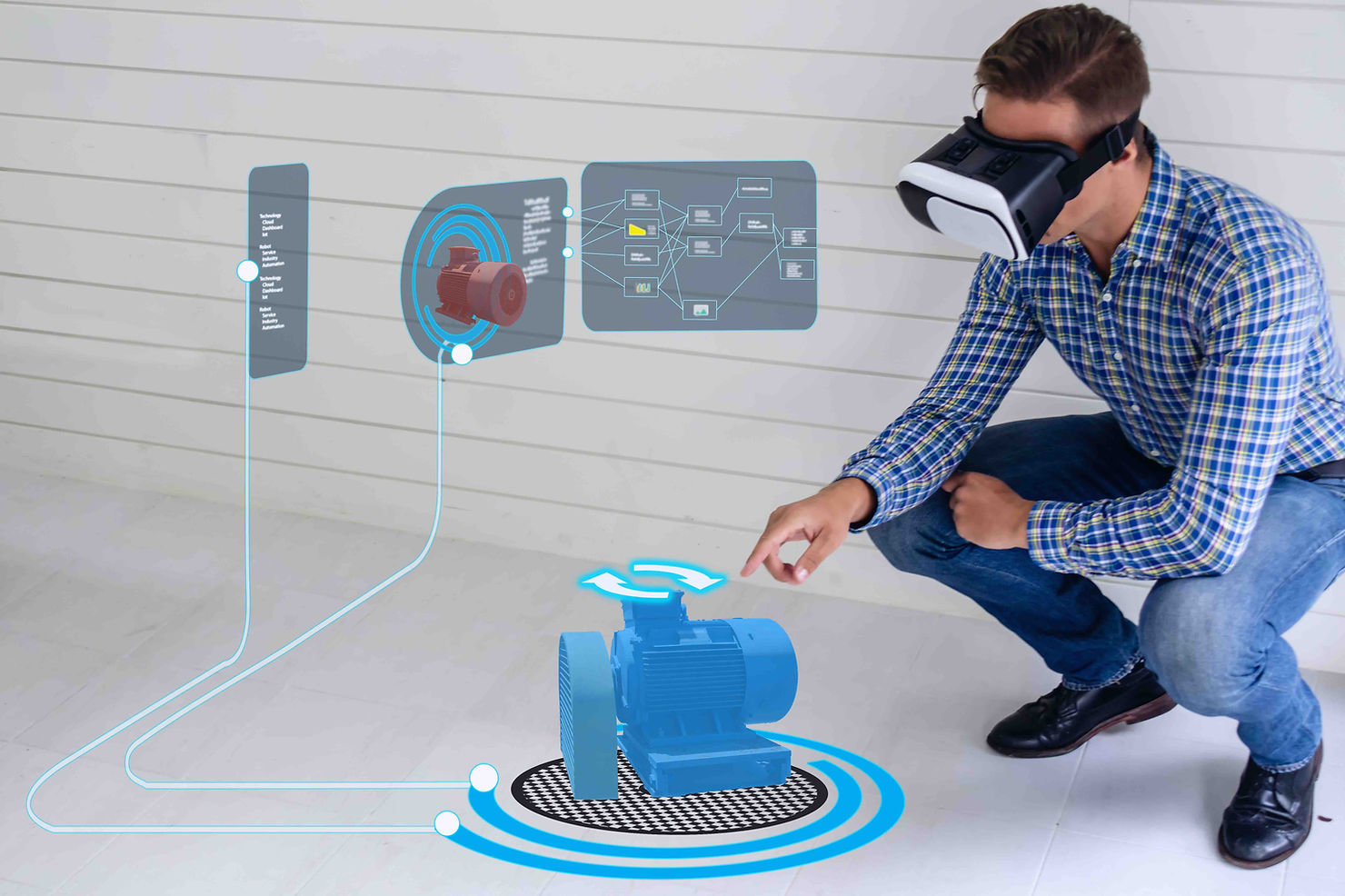What Is Autonomous Maintenance And Why Implement It?

In the modern manufacturing world, maintenance strategies evolve quickly.
In recent years, you may have come across a wide range of terms such as:
- preventative maintenance
- predictive maintenance
- progressive maintenance
- computerized maintenance
- corrective maintenance
- risk-based maintenance
- condition-based maintenance
- autonomous maintenance.
Out of all the different maintenance approaches, autonomous maintenance is the one most shrouded in mystery, possibly due to the fact that the name doesn’t offer too many clues as to what it actually is.
However, as you’ll see in a moment, autonomous maintenance is a labor-saving and highly cost-effective way to improve the reliability of manufacturing equipment and reduce machine downtime.

What is autonomous maintenance?
In a nutshell, autonomous maintenance is a strategy which involves training operators to identify potential equipment faults in advance of component or system failure. Operators are also trained to carry out minor maintenance tasks and repairs.
Machine operators are assisted by smart technology such as IoT sensors and AI-driven automated data analysis which alerts them to potential problems.
The purpose of autonomous maintenance is to replace the need for dedicated maintenance technicians that travel around a factory or from site to site. Autonomous maintenance is not only leaner, but also greener than traditional maintenance approaches. It cuts down on material waste by keeping components in an operable condition for longer and reduces the amount of carbon emissions that maintenance engineers generate through traveling.
Autonomous Maintenance is a revolutionary new way to manage machine upkeep. By using AI and machine learning, it allows you to improve your organization’s efficiency, so you can focus on more important things.
It should be noted that autonomous maintenance is not usually implemented as a comprehensive standalone maintenance approach. It is rather implemented as part of a larger overall strategy, including other smart technology approaches such as preventative maintenance.
Why implement autonomous maintenance?
The best way to demonstrate the effectiveness of an autonomous maintenance approach is to look at some figures and stats.
A recent research project conducted by a Brazilian university studied the impact of autonomous maintenance on a production line. The results revealed that operators gained a 39% increase in knowledge of how the machines work and how to repair them. Consequently, a 75% reduction in the downtime of production line equipment was recorded. Overall, the implementation of autonomous maintenance led to an increase of machine availability from 94.9% to 98.7%.
The main benefits of autonomous maintenance
Reduced labor costs
It is far more efficient to utilize operators rather than maintenance technicians, as they are positioned next to their machines. This eliminates travel costs and machine downtime while technicians travel to site.
Improved equipment functioning
Autonomous maintenance involves training operators to detect problems and faults before they get to a catastrophic failure stage. Machine functioning is optimized, as operators are trained to keep the key areas clean and lubricate moving parts after carrying out frequent checks. Avoiding equipment malfunction in this way helps to increase productivity and save money on costly component or machine replacement.
Improve safety standards
Training operators to pay close attention to the condition and upkeep of their equipment leads to a safer working environment and fewer injuries. For instance, operators trained in autonomous maintenance techniques run checks to make sure that there is no debris near the moving parts of a machine that may pose an injury hazard.
Maintenance technicians are free to work on bigger jobs
Many manufacturing companies keep a team of maintenance technicians or engineers on hand to tackle complex maintenance tasks. Autonomous maintenance frees up the technicians allowing them to prioritize and focus their efforts where they are needed.
How to implement autonomous maintenance
The following steps are recommended to successfully implement an autonomous maintenance strategy:
1. Increase operator skills and knowledge – Operators are taught how their machines and technical components work. They should also be shown how to identify faults, irregular functioning, and performance issues.
2. Implement an inspection and basic maintenance schedule – Operators should be given a checklist to complete at a set frequency, e.g. daily or weekly. The checklist will include things such as keeping the equipment clean, lubricating moving parts, tightening screws and bolts, and checking for overheating.
3. Removing and reducing contaminants – Good habits need to be instilled, such as removing dust and debris and keeping machinery covered when not in use to reduce contamination – a major cause of machine deterioration.
4. Outline standard maintenance guidance – Common small scale maintenance tasks should be identified and training given to operators on how to carry out minor repairs.
5. Monitor and continuously improve – The final step is to make sure that you monitor the success of your autonomous maintenance implementation. Success can be measured by monitoring key metrics such as machine downtime, operator productivity, and throughput. If you are not getting the expected results, then review all of the above steps.

O3 smart manufacturing – your gateway to autonomous maintenance
The O3 smart manufacturing platform has a specialist module to facilitate autonomous maintenance, as well as progressive maintenance.